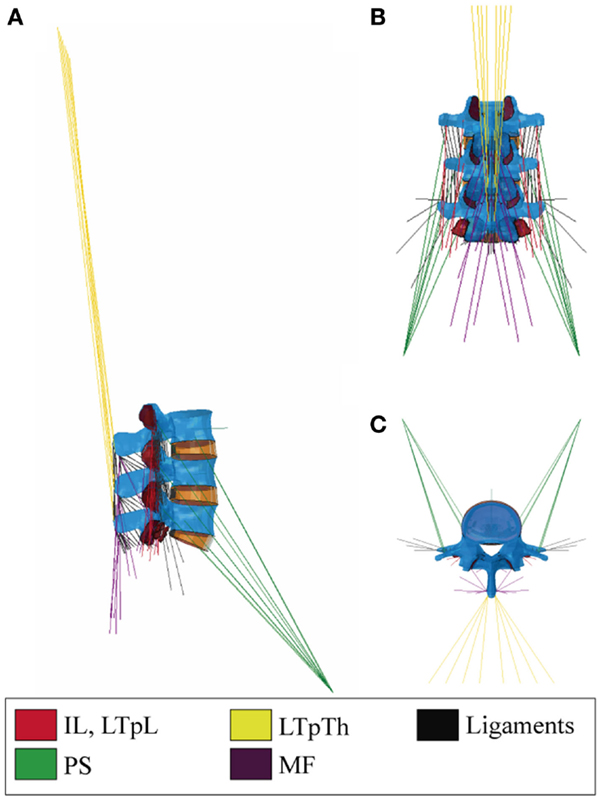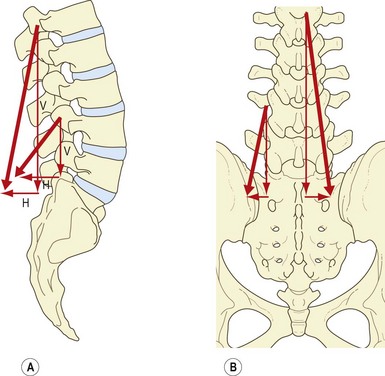Click here for this edition’s Table of Contents
Spine
- “Usually, the best exercise is the one that creates the largest effect with the minimal risks” -Stuart McGill
Cervical
1. It’s more than a chin-tuck and lift. “Elder women with cervicogenic headache had significantly reduced rCSAs of the rectus capitis posterior major and multifidus muscles compared to controls (p < 0.05). Larger amounts of fat infiltrates were also observed in the rectus capitis posterior major and minor and splenius capitis muscles in the cervicogenic headache group (p < 0.05). There were no changes in the size and fat infiltrate in the cervical flexor muscles (p > 0.05).”
2. This is a solid collection of exercises from the Prehab Guys for cervicogenic patients. I really like the cueing in the quadruped deep neck flexor exercise.
3. The neck influences the rest of the spine. “Head posture was found to significantly influence low back muscle endurance within subjects (p < .001), with extension yielding the highest endurance scores (boys = 186.6 ± 66.2 s; girls = 192.1 ± 59 s), followed by a neutral posture (boys = 171.3 ± 56.5 s; girls = 181.7 ± 57.3 s), and flexion (boys = 146.2 ± 63.8 s; girls = 159.8 ± 49.3 s).”
Thoracic
4. I had a patient who complained of bilateral hand numbness when she was washing her hair. The MD diagnosed her with bilateral carpal tunnel syndrome. She got better with treatment directed at her thoracic spine, shoulders, and neurodynamics. Moral of the story: the patient will give you the answer in the history and if something is bilateral you should probably look proximal.
Lumbar
5. The veins leaving the vertebral bodies are the only veins in the body that lack valves. They may act as hydraulic shock dampeners. Which is another reason why a healthy cardiovascular system is such an important variable in low back patients.
6. I see this all the time in the clinic. The hip and the back are always related. A recent study on LBP patients gives us research ammo for our empirical evidence, “On physical examination, 81 (80%) had reduced hip flexion; 76 (75%) had reduced hip internal rotation; and 25 (25%) had 1, 32 (32%) had 2, and 23 (23%) had 3 positive provocative hip tests.”
7. If you have a patient that is flexion intolerant, but can’t tolerate the traditional prone press-up, try this quadruped transition (learned from Erson). I find it much less compressive.
8. A picture is worth a thousand words. Or a postural assessment is worth a prediction regarding health and falls. “Forward-stooped or knee-flexion deformity relates to lower quality of life. Limited extension in the lumbar spine is a significant predictor of falling.”
9. Guy-wires. It doesn’t matter how you perceive it, if you don’t have any guy wires, that tent isn’t going to work very well.

10. LBP and muscle characteristics. It may not be what you would think… “Older adults with LBP had a greater average multifidus muscle-to-fat index (0.51 versus 0.49) and smaller average erector spinae relative muscle CSA (8.56 cm2 versus 9.26 cm2) when compared to control participants without LBP. No interactions between LBP status and average muscle characteristics were found for the psoas or quadratus lumborum (P>.05).”
11. Just because it’s complex doesn’t mean we still can’t take care of the simple things while we try to solve the bigger problem. Muscular endurance (back extension) may be protective against back pain. And the balance of muscle endurance (flexion, extension, lateral) also seems to be important (here, here, here, here, here, here). #GetThemExercising #Safely
12. “squats elicited more lumbar erector activity than deadlifts…deadlifts elicit more thoracic erector activity than squats” –Bret Contreras
13. As Stuart McGill has pointed out, when the lumbar spine is in neutral the pars lumborum produce a protective posterior shear force (it becomes compressive when the spine is in flexion). And the pars thoracis (below) has the largest extensor moment arm with the minimum of compressive force to the spine.

14. Here’s an exercise to work on spine extension endurance. Focus on segmental extension of the thoracic spine (see #13 above).
15. We’re currently in a time where lumbar flexion is in vogue and lumbar extension is a sign of the devil. I’m definitely guilty of jumping on this bandwagon. I even wrote an article 4 years ago on how we need to do a better job of controlling our anterior core to avoid excessive extension. These concepts are still valid, but have we let the pendulum swing too far to the other side? Are we losing our ability to extend? Are we ignoring back endurance and strength because we’re too worried about extension? Being weak and fatigued is never a good plan of care. Maybe instead of swinging back and forth with the trends we should embrace it all and focus on better identifying what the patient in front of us needs.
16. It can be as simple as a picture…biomechanics matter. Know the loads that you’re placing on your patient.

*yes, it all matters. strength, mobility, endurance, beliefs, values, expectations, motor patterns, history, distal influences, proximal influences, breathing, novel input, pain science, education, humor, repeated movements, ergonomics, load capacity, activities, lifestyle, sleep, stress, diet, social interactions, culture, environment, etc. i think we need to stop identifying so deeply with certain approaches. maybe then we could stop arguing with one another and focus on getting patients better.
The main reason I do this blog is to share knowledge and to help people become better clinicians/coaches. I want our profession to grow and for our patients to have better outcomes. Regardless of your specific title (PT, Chiro, Trainer, Coach, etc.), we all have the same goal of trying to empower people to fix their problems through movement. I hope the content of this website helps you in doing so.
If you enjoyed it and found it helpful, please share it with your peers. And if you are feeling generous, please make a donation to help me run this website. Any amount you can afford is greatly appreciated.



Great stuff as always Aaron. I really appreciate your work.
Spine is the one of the most important part of body and it should be taken care of, it is really imp.